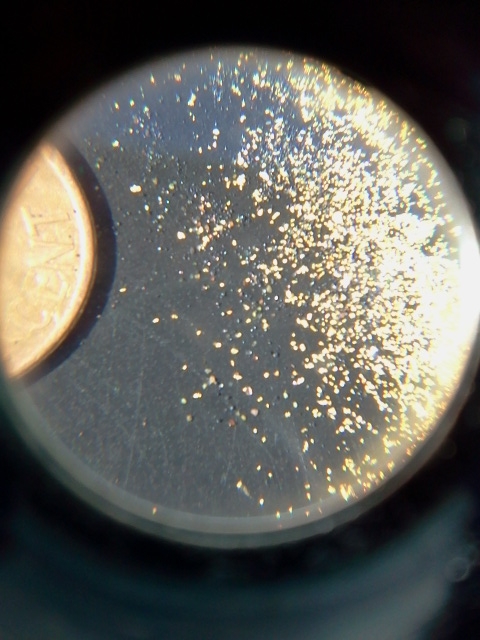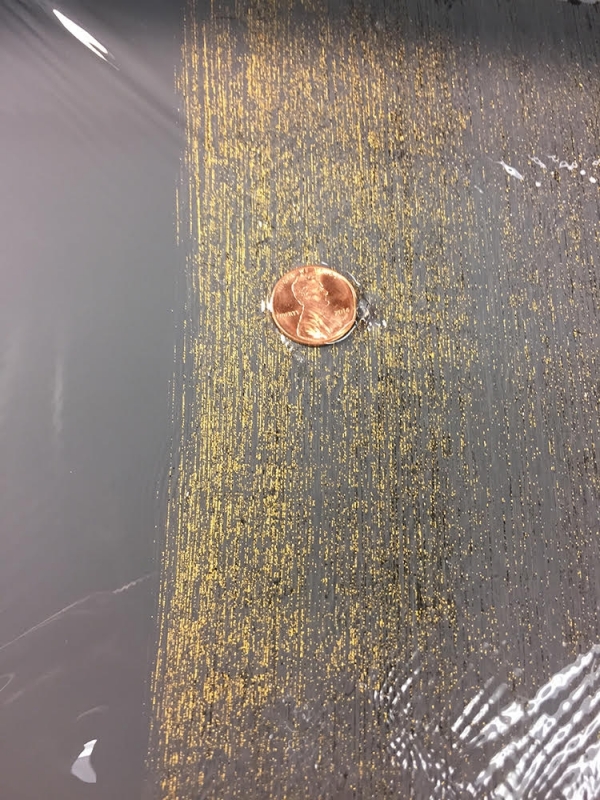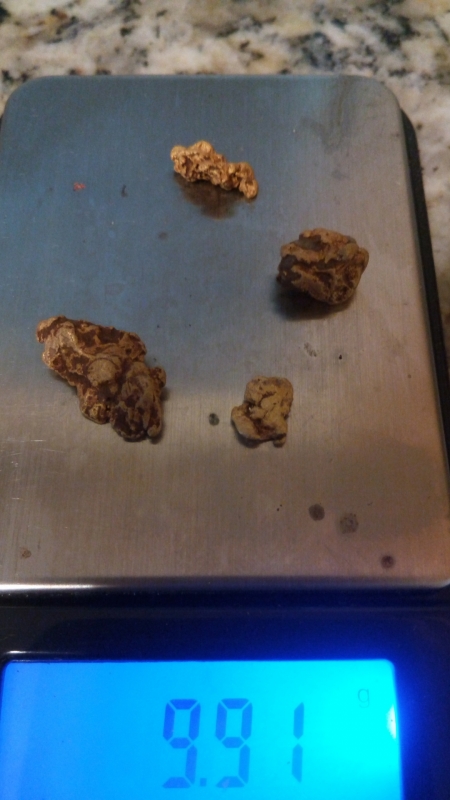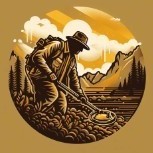Leaderboard
Popular Content
Showing content with the highest reputation on 10/16/2017 in all areas
-
Mrs Bada Bing is sick of hearing about this and doesn't fully appreciate the skill involved. I thought I would throw it out here for the connoisseurs who can appreciate the skill level required for such a feat. I use oziexplorer to map areas on my tablet so I have a moving map of the area I am detecting. I create the maps and calibrate them and 99% of the time they are spot on. Anyway, I head out to a historical lease. Map says I am right on top of it. Jump out and find a tiny bit in 15 mins. Then a half hour later I find a really really old dry blowing spot on a creek line, it was so old and weathered you could hardly make it out. Found 2 bits of rubbish which confirmed it was an old dryblowing then pinged 8 bits for about 5g in 10 minutes. It was the first really hot weather here and an approaching thunderstorm stopped me from detecting further so I jumped in the car and headed off to meet the other blokes who were coming out for the weekend. I arrive at the designated meeting point and checked my map. It was like 500m north/east of where I actually was - I thought that's strange. Then the penny dropped - I wasn't anywhere near the historical lease, I was on some random spot only the old timers had been ......... no tracks, no dig holes. I will be heading back to plunder and pillage with the 23 and 7, hopefully there is some bigger stuff deeper in the creek. Pure skill? I think so. Cheers BB8 points
-
We're not done yet, Au, just a matter of me getting myself organised. Sure was MB! Morning start WA mid 90's. JHS cleaning teeth Here we go - - - " 11 oz lump from the "Monte Cristo" reef Havelock" Before the "Roughie" with the GS 15000. Don't recognise the young bloke with the beard! Sun Herald 11 Sep 86: Off sleddin' with daughter Thea: Detail 8 oz held by Ian earlier: "13 oz bit, all on its own near Stirling rush Wedderburn":4 points
-
The forum has evolved over time. The original intent was one active forum, with old subjects moved to closed archive forums grouped by subject. However, the closed archive system is putting too many good threads off to where they cannot be discussed any more. The main issue frankly is it requires manual intervention on my part, and that is getting too cumbersome. I decided to consolidate and eliminate the overly large number of archives. Instead, each metal detector manufacturer now has a separate forum. See the full forum listing here. This also solves an issue with new machine threads by a new detector basically taking over forums each time one comes out. Now all the discussion of the new Minelab Equinox will stay on the new Minelab Metal Detector Forum where it can be discussed by people who are interested, and ignored by those who are not. So what do you have to do? Nothing. Just keep using the forums as you always have. When in doubt post in any forum you prefer, and I will redirect threads to new locations if need be. Or if all you care about is Tesoro detectors, hang out on the Tesoro Forum. For those who want to see what is going on everywhere, make the full forum list your home page and see what forums light up with new posts. You can also access the Unread Content link in the upper right under the search box to see all unread content. Another function to explore is Activity Streams which you can customize any way you want. Finally, invite friends to one of the new forums. Thanks!3 points
-
3 points
-
Gold Prospecting with a VLF Metal Detector by Dave Johnson Chief Designer, First Texas Products & Fisher Research Labs March 2010 Edition This book explains how to use a VLF metal detector for finding gold. The author has nearly 30 years’ experience in the metal detector industry working for several different companies, and designed several of the most popular “gold machines” on the market. These include the Tesoro Lobo, White's GMT and MXT, and of course the Fisher Gold Bug and Gold Bug 2. Although the product emphasis is on the machines currently “Made in El Paso”, the features of competitors’ machines are also discussed. This booklet is useful no matter what brand of metal detector you use. pdf download 29 pages You can find this and many more useful free books on this website at the Metal Detecting & Prospecting Library2 points
-
Reg's pride and joy, Paul. A Ford Transit van from the 70's Got a pretty powerful non standard engine and runs on LP gas/petrol. He resprayed it a few months back and it now looks like new. My Image: On the job, 1990's with detecting buddy "Reliable" Ray Daniel: Reg now has a similar model campervan version as well . With orphaned lambs and QED detector. My VW 4WD camper on the right. My Image:2 points
-
2 points
-
Wow.. That is great news badabing.. So Norvic is telling me the truth when he says it is just laying around everywhere out in WA. That's going to save me on using that pesky oziexplorer..... Now i can just blunder around and pick up the pieces..... No wonder all the FNQs are coming over there... As soon as I get my secret Intel about, "culling dates" I am missing plans to slip across the border2 points
-
From Interview with Dave Johnson at http://www.fisherlab.com/hobby/davejohnson/Interview%20with%20David%20Johnson.pdf Many of the people reading this interview unknowingly own products of your design. Would you mind listing them? My first metal detector (in 1971) was a portable experimental vehicle detector for use on roadway loops. It discriminated between cars and trucks, but to become a practical product would have required a lot of development and nobody was interested in investing in it. Fisher in California: 1260, 1220, 1210, 1235, 1225, 1212, 1265, 1266, CZ6, CZ5, CZ20, original Gold Bug, Gold Bug II, Gemini, and industrial instruments including TW6, FX3, XLT-16, PF-18, and circuitry of the TW-770. Tesoro: Diablo MicroMax, Lobo SuperTraq. White's: GMT, MXT, analog circuitry of DFX, Beach Hunter and PCL-600 line tracer. Troy: X-5 and X-3. FTP Bounty Hunter: major revisions to existing platforms most of which originated with George Payne. The BH Junior, Platinum, Gold and security wand (sold under various trademarks) were new designs. FTP Teknetics: T2, Alpha, Delta, Gamma, Omega, G2. FTP Fisher: F2, F4, F5, F75, F70, new Gold Bug, circuitry of the TW-82 industrial line tracer. In the case of microprocessor-driven FTP products, the software was coded by John Gardiner and Jorge Anton Saad. Mechanical designs were done mostly by other people, but I engineered the ergonomics of the T2 mechanical design, which is also used on the F75. See also Detector Stuff Interviews FT-Fisher Engineers, David Johnson and John Gardiner at http://detectorstuff.com/detector-stuff-interviews-ft-fisher-engineers-david-johnson-and-john-gardiner/ More Dave Johnson Essays here Want people to know you own one of the Dave Johnson detectors listed above? Just download and print the attached logo and apply to your detector!2 points
-
End of the dredge season is coming! Temps are dropping and the river will freeze in the next few week, thought I would take a moment to share my gold take so far. Seems like a lot of work but I did manage to get about six ounces, mostly fine stuff but a few nice nuggets in the mix Hope where ever you guys are dredging the water is a hell of a lot warmer.1 point
-
Thanks Beatup and JW That's not really the sentiment I am getting from my mates. They seem to think it was somehow related to luck .... they are obviously idiots. Cheers BB1 point
-
If you need help, just shoot me a PM. I've been reading those things since I was 25, which was about 10 years ago. When dirt hunting for jewelry I go for the easy pull tabs and can slaw. If my sun-ray pin pointer won't find it (2-3 inches, tops), I skip it. I think it's a numbers game in city parks and such. Maybe one out of 100 targets will be something good? Deft can probably answer that question. Last time I went to the park, I gave up after pull tab number 34.1 point
-
Thanks Ammie, I did find some Sanborn Maps at the local library online, so great suggestion!! Now I just need to figure out how to read them.1 point
-
1 point
-
1 point
-
Thanks JR for the WA photos. Would have been some very interesting discussions sitting around the camp fire as a group having a few quite ales with the boys. Thanks MB.1 point
-
Took a break from chores and getting the cabin ready for winter, and got a couple afternoon sessions in with the Monster. Went to a decomposing granite knob I first hit a couple summers ago, digging along the edges and got a few. Then I removed some sagebrush and exposed a couple crevices where I scraped out little guys like this: The other deeper crevice was really fun! Ended up with just a tad over a gram for 2 afternoons of playing. Worth MUCH more in fun! :-) Will be getting snow soon, so not many more days to get out!1 point
-
Well done IdahoPeg. Yes, lots of fun. The zip-zip-zip of a GB2 over nuggets really gets the dopamine flowing.1 point
-
Whoops 500m........... patch obviously has your name on it, nothing to do with chance...... hope it opens up to be a beauty. Might have to apply for an extension on that culling directive you WAers have to cover FNQ............1 point
-
Good one BB, use Ozi myself have also found it is a powerful tool, finding me some nice patches, just never been as far as 500ks out yet. Perhaps your version is more "attuned" to gold then mine. Please give directions to where I can obtain your version, promise I wont share it with it with Nurse Paul and will only use it in FNQ..........1 point
-
Short update is in order: Careful study has indicated the depth of the 8 x 14 coil and the 7 1/2" dual field coil is about identical. As stated above the coverage and pinpoint of targets is excellent. But I caught myself swinging to fast not a good thing in bad ground. Even though the larger coil gives better coverage I tend to prefer the smaller coil. I can understand how a hunter can get in trouble with multiple targets under the coil at the same time. I had this happen several times and can say it was a challenge to say the least. But I've wanted a true mono coil for several years and couldn't pass up the White's garage sale. I often wonder if either the OZ 7 1/2 or 12" would be more to my liking.1 point
-
See if you can find a Sanborn map with the school on it. Check and see if your local college or university has them in their library, some even have them online for free. If you find one with the school, it should show, 1) where the outhouse was, and 2) where the biggest tree in the school yard was. Those 2 locations would be tops on my list.1 point
-
Um, Sputnik 1 launched Oct. 4 1957. I've said that before too. Pretty sure those images were photographed by aliens and fell into human hands back in 1947 at Roswell1 point
-
Thanks for posting these photos , IMHO I would consider these historic photos of the beginnings of detector prospecting. What a treat for us all to see these. Thanks for sharing and if their are more please continue posting ...1 point
-
GB, looking at the photos of the river, I believe he means 850 cubic feet per second. Mike1 point
-
Sjmpainter, That's some nice gold, congrats. Now that it is cold in Fairbanks area I kind of wished is was back in Anchorage. These are the same two that I sent you a picture of before but here they are for the group. I dredged these two in August after arriving back in AK. Found them the last two days of my trip. Together they are 3.9 grams.1 point
-
1 point
-
Greetings from sunny Yuma. The temps have just started to drop, still reaching high 80's by 11 AM, but the mornings are cool enough for a bit of detecting. I've been out for about 12 hrs total over the past week. We had just enough rain last month from a MicroBurst storm over parts of the placer areas here close to town. I found a couple washes where the big rocks had moved around a little giving me a chance to put the GPZ coil over some ground that might not have received good coil coverage last year. It paid off handsomely so far. I'm running my GPZ with HY, Normal, Sens 17, no threshold and using my old Etymotic in-ear monitors (earbuds). I'm looking forward to cooler temps and longer detecting days. Hey Beatup, you and Eric better hurry down here before I get all the gold. I don't know how we'll manage without NursePaul for comic relief.1 point
-
For a few years now I have been fascinated with a map that was published in 1915, but this map is very hard to work with, because most of the roads that are on it no longer exist and there is no sign of them what so ever and most of the tracks that are currently there are not on the map. It took me a bit of mucking around to get 2 maps the same size and location, but I found a free site where you can overlay one image onto another. This is part of the original map that shows roads that are no longer there and the bottom map I have overlayed the original to put in the tracks that are currently there from a topographic map. This map now becomes way more user friendly for me because of the overlayed tracks. Somebody else may find this site useful. Dave https://www.imgonline.com.ua/eng/impose-picture-on-another-picture.php imghost1 point
-
That map you're talking about is a beauty as it shows a lot of the nuggets, their size and position found. I just use windows 10 snipping tool to grab a part of the map, save it as a jpg file and overlay it directly onto Google Earth. Then I mark the areas im interested in and download those marked spots onto my GPS. I never overlay a complete map as the fine details are lost when zooming in. Even though that is an old map and many of the roads aren't there the main ones are and it's fairly easy to line up on Google Earth. I did a video on this whole procedure recently if anyone is interested. It is about 25 min long and shows step by step how I go about overlaying maps.1 point



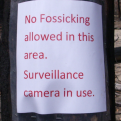
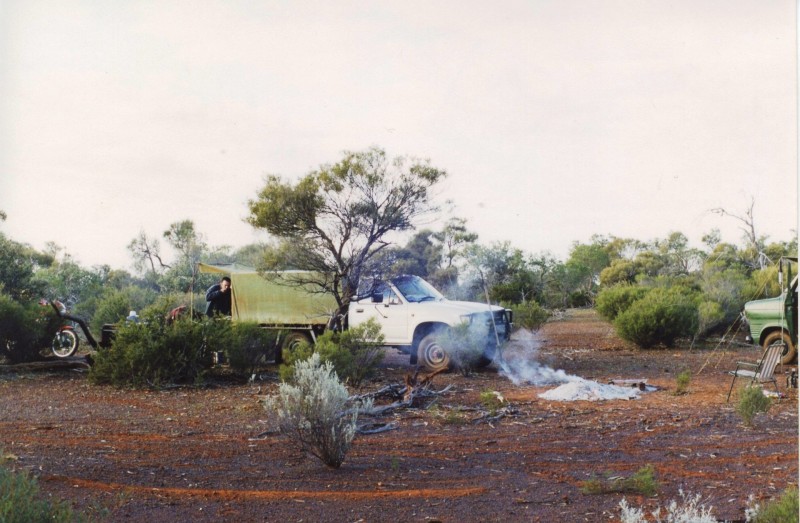
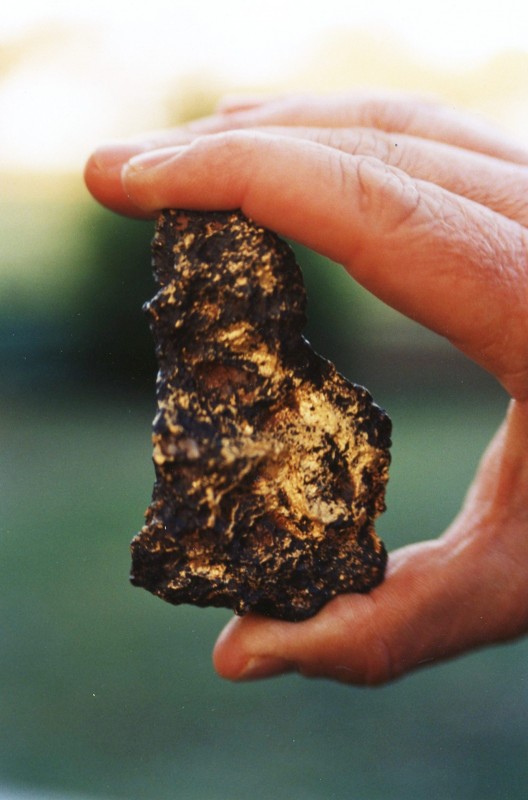
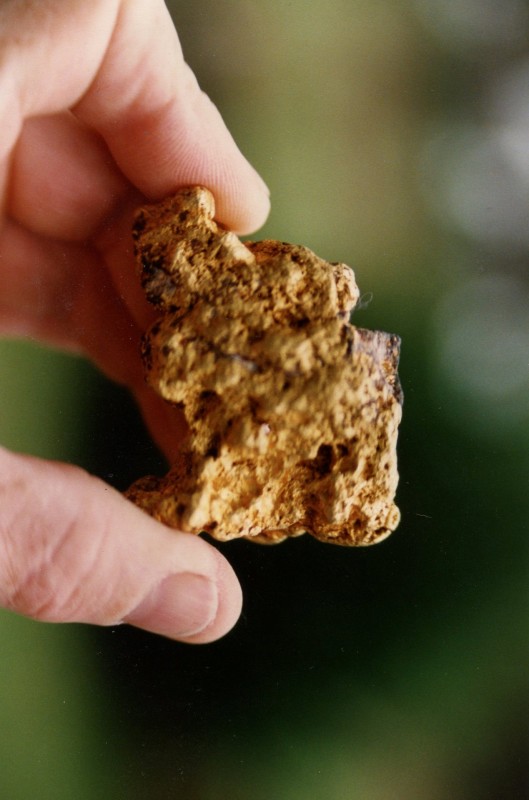
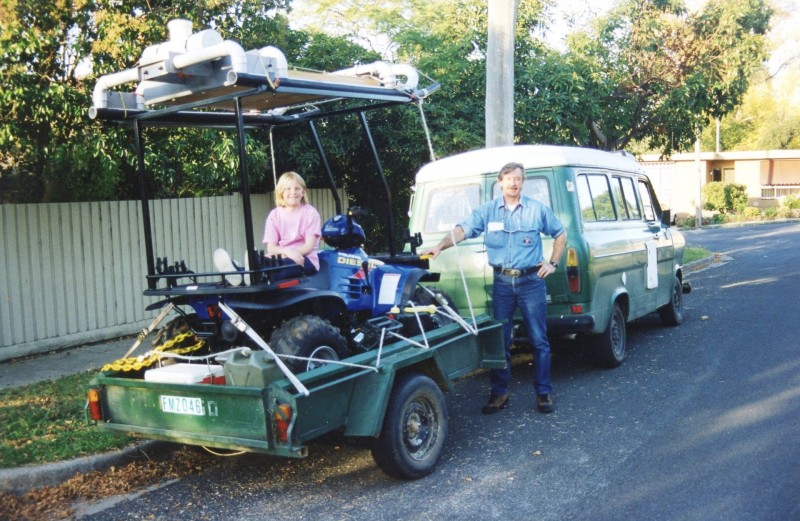
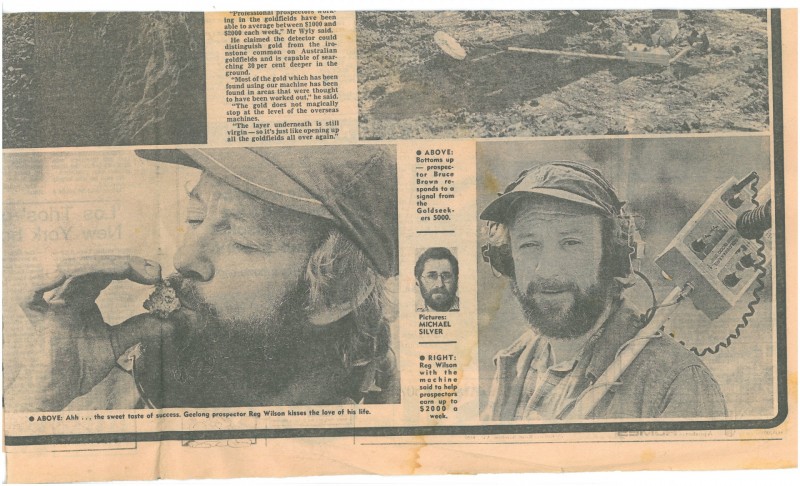
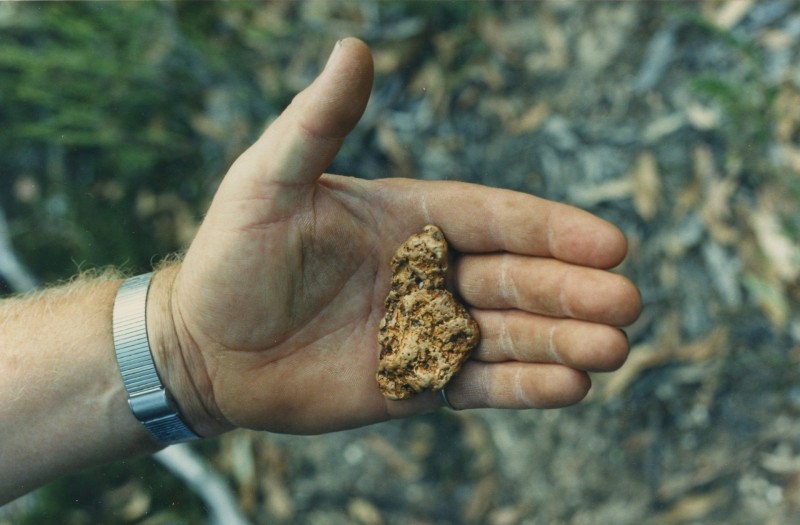
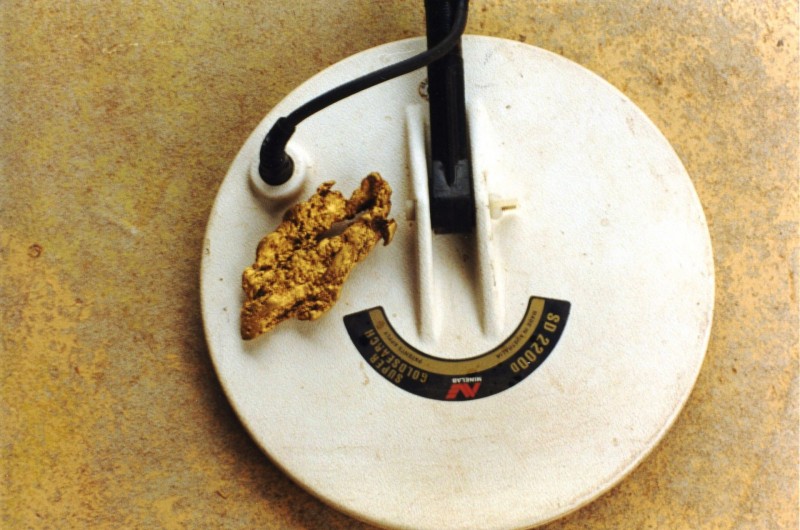
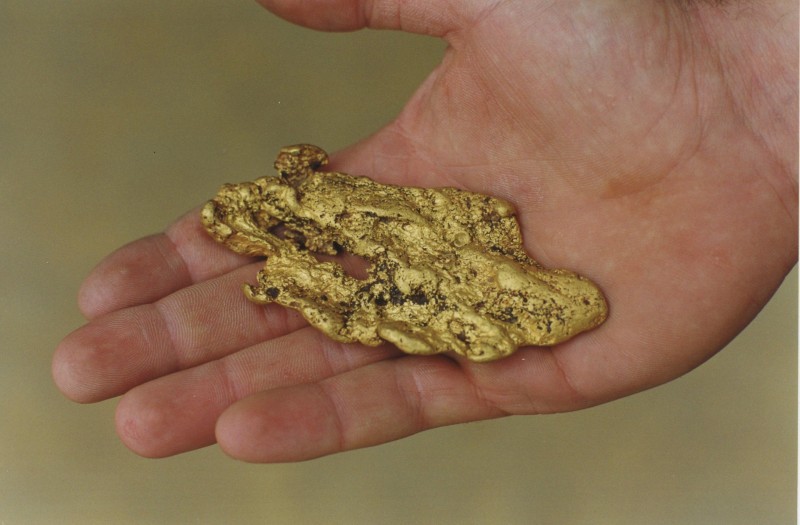
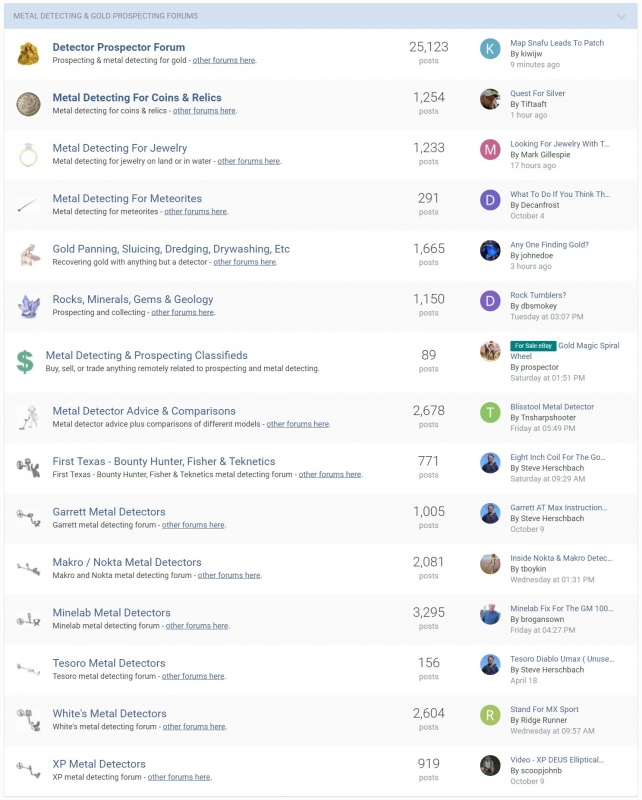
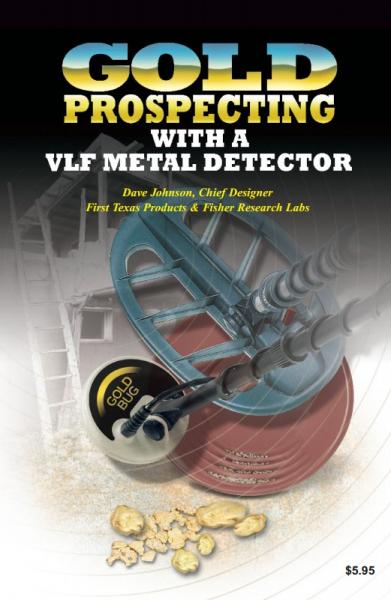
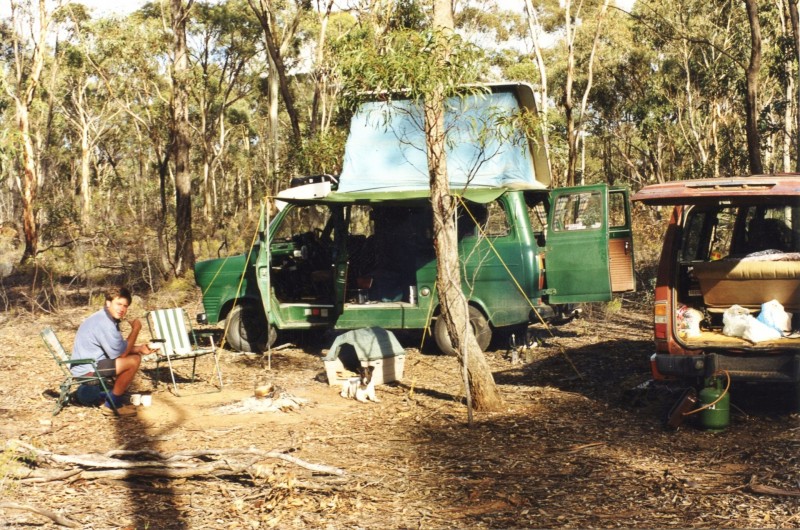
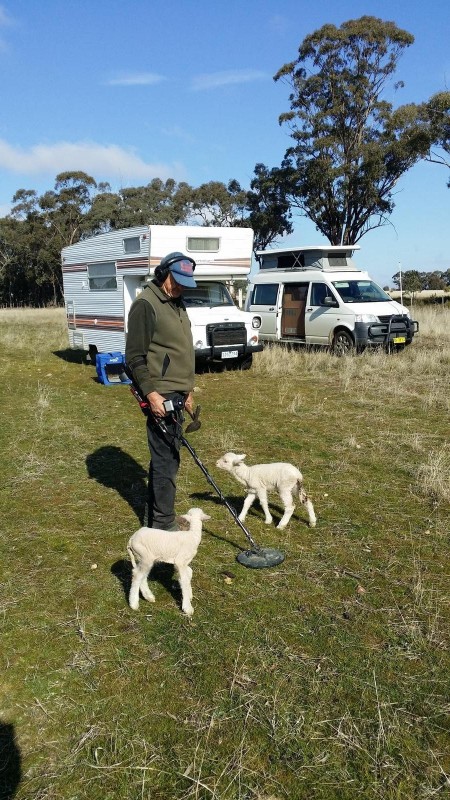
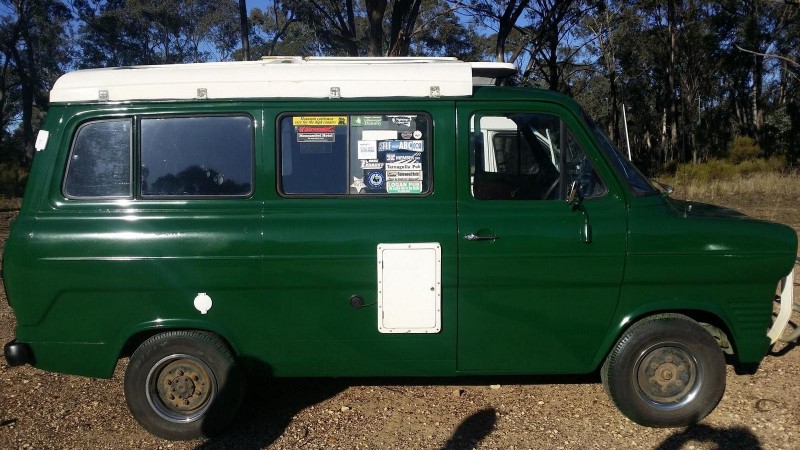



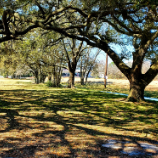
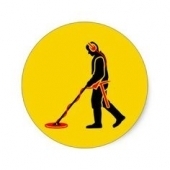
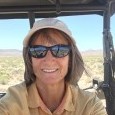
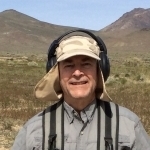
.thumb.jpg.77e4cb5bf39d44bdd2050d2edb7dfdb1.jpg)


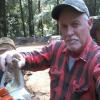
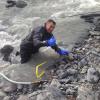
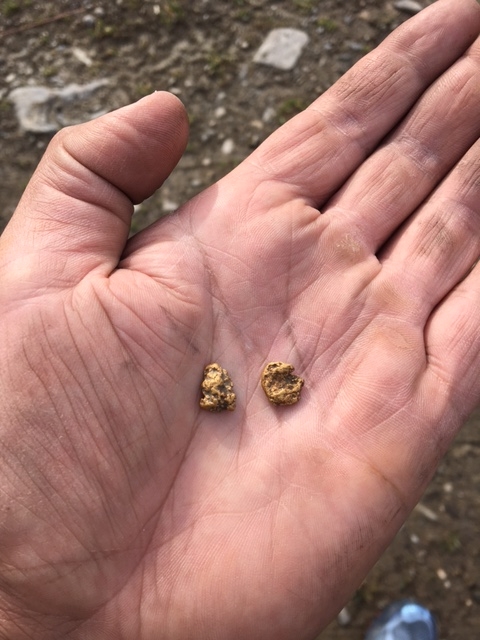
.jpg.d36fcd52325fe8a6a366d3944c8806e4.thumb.jpg.7439025c7a6d125b76c4d4495030cde4.jpg)
